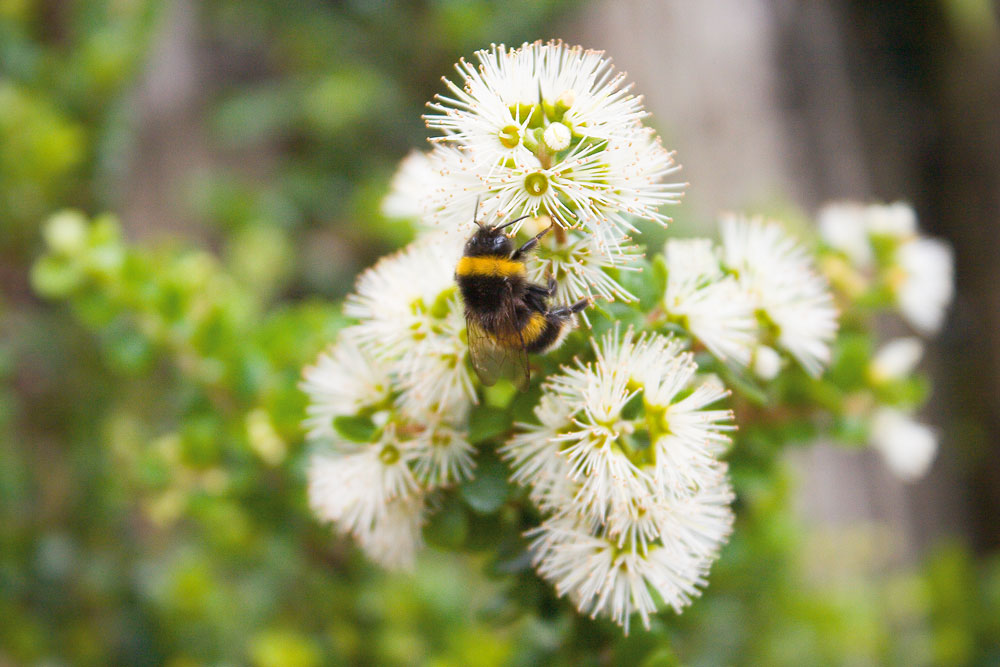The increased use of neonicotinoid pesticides in the continental United States may have impacted bird populations and reduced bird diversity, according to a paper published this week in Nature Sustainability.
Bird biodiversity is declining at a marked rate. Bird populations in the United States have decreased by 29% since 1970, a rate of decline which has been attributed to various factors including the increased use of pesticides in agricultural production.
Nicotine-based pesticides — known as neonicotinoids — have been used increasingly in the United States over recent decades. Previous research has shown that neonicotinoids are potentially toxic to birds and other non-target species. However, the impact of these pesticides on bird diversity in the United States is unclear.
Madhu Khanna and colleagues studied the effects of neonicotinoids on birds in the United States from 2008–2014. They analysed data from the North American Breeding Bird Survey to identify county-level changes for four different bird species groups — grassland birds, non-grassland birds, insectivorous birds and non-insectivorous birds — and combined this with county-level data on pesticide use.
The authors found an increase of 100 kg in neonicotinoid usage per county, a 12% increase on average, contributes to a 2.2% decline in populations of grassland birds and 1.6% in insectivorous birds. By comparison, the use of 100 kg of non-neonicotinoid pesticides was associated with a 0.05% decrease in grassland birds and a 0.03% decline in non-grassland birds, insectivorous birds and non-insectivorous birds.
Since impacts accumulate, the authors also estimate that, for example, 100 kg neonicotinoid use per county in 2008 reduced cumulative grassland-bird populations by 9.7% by 2014. These findings suggest that neonicotinoid use has a relatively large effect on population declines of important birds and that these impacts grow over time. The authors also found that the adverse impacts on bird populations were concentrated in the Midwest, Southern California and Northern Great Plains.
The research is published here.
The Environmental Protection Authority in this country in January advised it had found grounds to reassess approvals of substances containing neonicotinoids because of their link to declines in honeybee populations.
Many have systemic effects on plants, meaning treating the seeds with them can leave a plant protected throughout its life.
These pesticides have largely replaced insecticides used in the past, such as organophosphates and DDT, but – as the New Zealand Herald reported – major retailers including Placemakers, The Warehouse and Bunnings Warehouse have taken them off the shelves.
Current New Zealand rules around neonicotinoids at that time included not spraying insecticides close to bee hives or crops with budding or flowering plants where bees may gather and feed.
The EPA determined there were grounds for a reassessment after reviewing new information from overseas agencies, including the European Food Safety Authority.
In April, the authority announced it was calling for information on two neonicotinoids, thiacloprid and acetamiprid.
A reassessment is a formal review of the rules controlling a substance that is already in use in New Zealand.
Thiacloprid and acetamiprid are used in New Zealand as leaf sprays, home garden insecticides and timber treatments.
The EPA sought information on the types of products that use thiacloprid and acetamiprid, the ways in which they’re being used, the prevalence of those uses, their positive or adverse effects, and specific mitigation measures that are being used to protect our environment and human health.
“All of the information will help us decide whether to reassess neonicotinoids, and if we do, specifically what aspects of their use will be reviewed. What we receive will be added to what we gathered in 2018, when we called for information on the other three neonicotinoids approved for use in New Zealand – imidacloprid, clothianidin, and thiamethoxam,” said Acting General Manager Hazardous Substances and New Organisms, Doug Jones.
The earlier decision that grounds exist to reassess neonicotinoids aligned with the Australian Pesticides and Veterinary Medicines Authority’s (APVMA) announcement that it plans to conduct a chemical review of neonicotinoid use in Australia.
“We are looking to work with our Australian counterparts to review the technical information on understanding environmental risk, given the broad similarities in products used in Australia and New Zealand,” says Doug Jones.
Submissions closed on 12 July.
Sources: Scimex and Environmental Protection Authority












